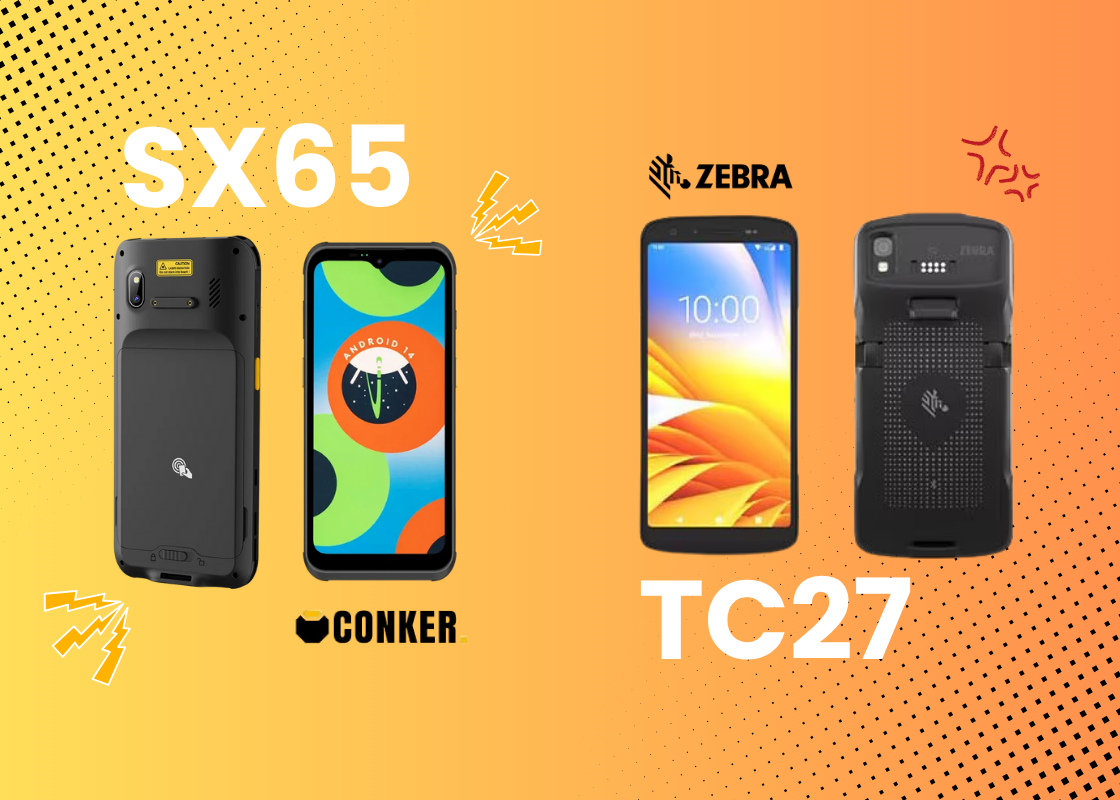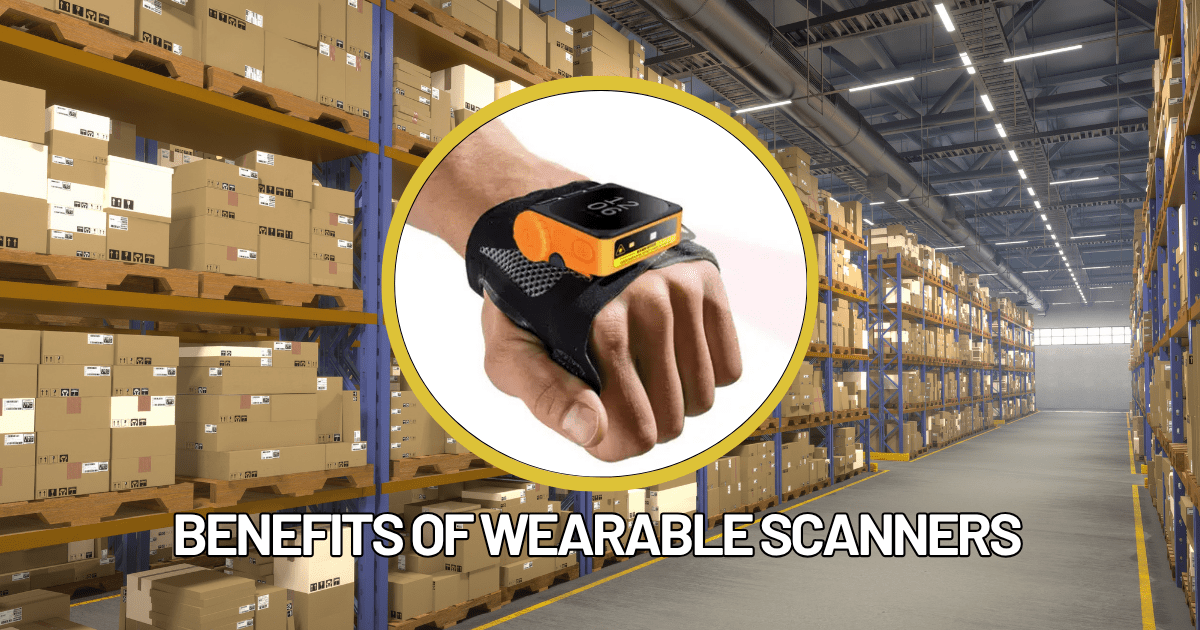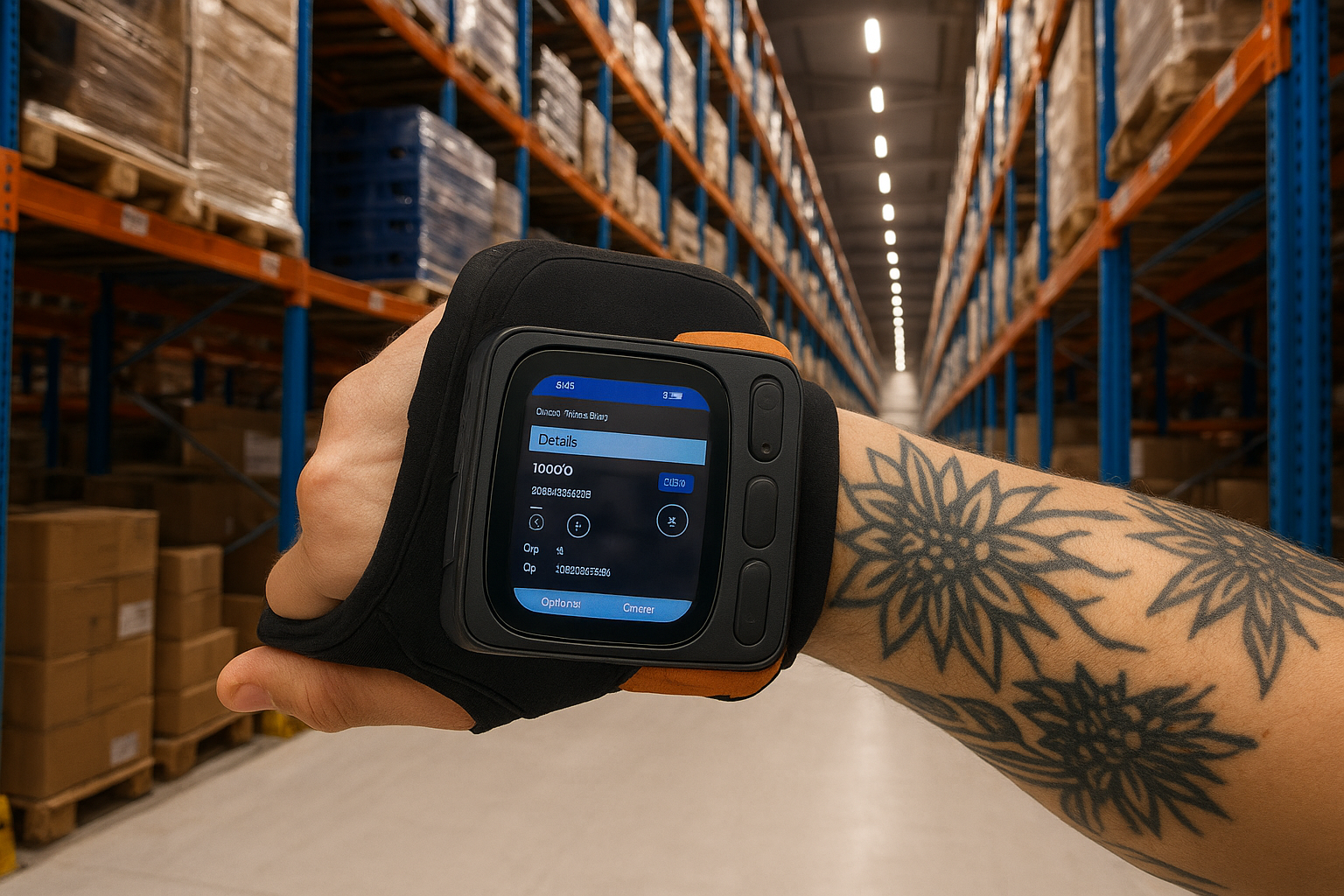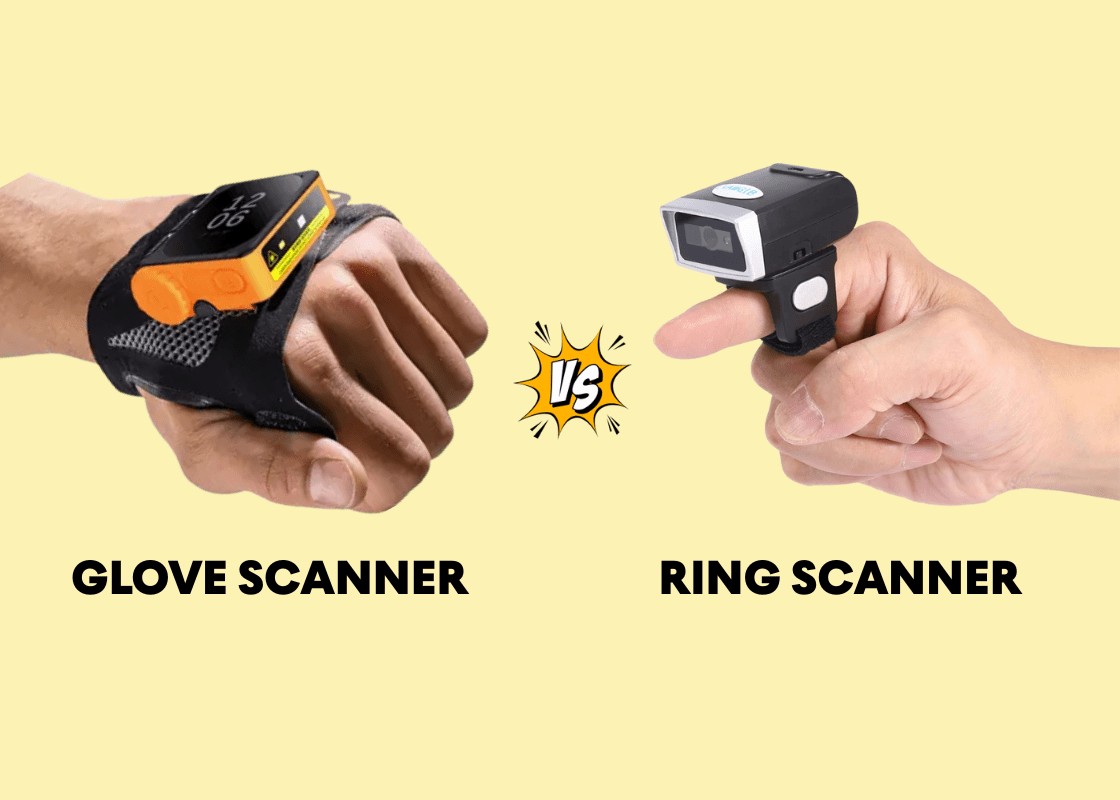In 2025, rugged handheld devices will have become indispensable tools for logistics, warehousing, field service, and retail operations. Businesses depend on reliability, endurance, and performance in every device they deploy. Two names consistently rise to the top of discussions: the Zebra TC27 and the Conker SX65. Both are Android-based handhelds built to thrive in demanding work environments, but they take distinctly different approaches to durability, usability, and long-term value.
This comparison brings clarity to the debate, offering expert insights on performance, design, and usability. Whether you’re upgrading your fleet or selecting your first rugged device, this guide will help you make a confident and informed decision.
Understanding the Rugged Handheld Market in 2025
The global demand for Rugged Android handhelds continues to surge as businesses prioritize uptime, data accuracy, and mobile workforce productivity. Today’s handheld devices aren’t just scanners or mini-computers; they are mission-critical tools that enable real-time decision-making.
Both the Zebra TC27 and the Conker SX65 belong to this new generation of enterprise-ready Android handhelds. They combine advanced scanning, ergonomic design, and enterprise-grade connectivity. Yet, the difference lies in how each brand delivers value, one emphasizing legacy enterprise integration (Zebra) and the other focusing on long-term cost-efficiency, simplicity, and service excellence (Conker).
| Feature | Zebra TC27 | Conker SX65 |
| Display Size & Resolution | 6.0″, 1080 × 2160 (FHD+) | 6.5″, 720 × 1600 |
| Operating System | Android | Android 14 |
| Memory & Storage | Options up to 8 GB RAM / 128 GB storage | 8 GB RAM / 128 GB storage standard |
| Rugged Rating / Drop Protection | IP68 rating; built for rugged use | IP67 rating, drop-tested at 1.5 m |
| Weight | ~236 g | ~285 g |
| Scanning / Barcode Engine | Enterprise-class 1D/2D scanner options | 2D barcode scanner included, optimized for logistics |
| Warranty / Support | Standard enterprise warranty | 3-year accidental damage warranty included |
Design and Build Quality
When it comes to ruggedness, both devices deliver exceptional durability, but with slightly different philosophies. The Zebra TC27 follows the traditional rugged handheld design, balancing performance with industrial toughness. Its IP68 rating and drop resistance make it reliable for harsh environments, from warehouse floors to outdoor construction sites.
The Conker SX65, on the other hand, pushes durability even further while keeping the form factor compact and ergonomic. Designed for daily business operations, it combines a tough exterior with a surprisingly light and comfortable feel. Built for efficiency, the Conker SX65 can withstand drops, dust, and water exposure, ensuring reliability in industries where devices face continuous physical strain.
The SX65 also benefits from Conker’s three-year accidental damage warranty, a standout promise that minimizes downtime and lowers total cost of ownership, something few competitors match.
Display and Usability
Both devices feature bright, glove-friendly touchscreens that remain visible under direct sunlight, a crucial factor for outdoor use. The Zebra TC27 offers a slightly higher pixel density, delivering crisp visuals that enhance form-filling or barcode verification.
However, the Conker SX65 focuses on practicality and long-term visibility. Its 6.5-inch display provides ample space for app navigation and data entry while maintaining responsive touch performance. For businesses that depend on simplicity and ease of use across multiple shifts, SX65’s display balances clarity with endurance, even when used continuously in bright warehouse lighting or open-field environments.
Performance and Operating System
The Zebra TC27 runs on Android 13 with support for future OS upgrades, powered by a Qualcomm octa-core processor. It handles enterprise apps smoothly, making it ideal for companies already invested in Zebra’s Mobility DNA ecosystem.
The Conker SX65 also operates on Android 13 and uses a powerful octa-core processor optimized for business applications. What sets it apart is its flexibility; it is not locked into proprietary software, meaning organizations can deploy their own mobile device management (MDM) solutions without extra licensing costs. This gives IT teams more freedom and control over their device ecosystem.
Conker’s open Android platform also aligns perfectly with its range of Android Handhelds, ensuring easy integration across different devices and departments.
Battery Life and Power Management
Rugged handhelds are only as strong as their battery life. The Zebra TC27 offers decent endurance, lasting an average work shift with moderate to heavy use. Its removable battery system ensures quick swapping for continuous operation.
However, the Conker SX65 excels with its long-lasting battery designed for full-day use without interruption. Combined with efficient power management, this feature significantly reduces downtime, especially in remote field operations or 24/7 logistics setups. Many users note that the SX65 maintains consistent battery performance even after months of heavy-duty use, a testament to Conker’s focus on reliability.
Scanning and Data Capture Capabilities
Barcode scanning remains at the heart of rugged handheld functionality. The Zebra TC27 leverages Zebra’s proprietary scan engine technology, offering reliable 1D and 2D barcode capture. It’s well-suited for retail and inventory operations where scan precision and speed are critical.
The Conker SX65, equipped with an advanced Honeywell scan engine, delivers equally powerful scanning performance. It scans, even in challenging conditions such as damaged or low-contrast barcodes. The device is optimized for logistics, manufacturing, and healthcare settings where efficiency and accuracy are essential.
For buyers evaluating options across multiple models, Conker’s lineup of Rugged Handheld Scanners provides detailed insight into how various scan engines perform in different industry environments.
Connectivity and Expansion
The Zebra TC27 includes advanced connectivity options such as 5G, Wi-Fi 6E, and Bluetooth 5.2, ensuring smooth data transmission and real-time communication. Its NFC capabilities and GPS accuracy make it a strong contender for mobile point-of-sale or delivery operations.
Meanwhile, the Conker SX65 offers similar connectivity, including dual SIM 4G LTE, dual-band Wi-Fi, GPS, and Bluetooth. Though it doesn’t feature 5G, it compensates with dependable connection stability and exceptional range, attributes that matter more in industrial applications than raw bandwidth. For most field and warehouse environments, this balance delivers optimal real-world performance.
Service, Support, and Total Cost of Ownership
This is where Conker sets itself apart. While Zebra has an extensive global service network, it often involves higher repair costs and complex service agreements.
Conker, however, takes a refreshingly simple approach. Every SX65 comes with a 3-year accidental damage warranty, providing peace of mind and predictable cost management. With local UK-based support, fast repair turnaround, and transparent pricing, Conker minimizes downtime, ensuring businesses stay productive without unexpected expenses.
For organizations focused on value, scalability, and long-term dependability, this service-first philosophy makes the SX65 a strong investment.
Which Device Offers Better Value?
Choosing between the Zebra TC27 and the Conker SX65 depends on your priorities. If your organization already uses Zebra’s ecosystem and needs advanced enterprise features, the TC27 remains a capable option.
However, if you value flexibility, cost-efficiency, and exceptional after-sales support, the Conker SX65 delivers unbeatable long-term value. Its combination of rugged durability, open Android ecosystem, and robust warranty coverage makes it a powerful choice for forward-thinking businesses seeking reliable mobility solutions.
FAQ
Is the Conker SX65 compatible with existing Android enterprise apps?
Yes, it runs on Android 13 and supports a wide range of enterprise applications. It also integrates easily with MDM solutions for fleet management.
Can the Zebra TC27 and Conker SX65 be used outdoors?
Both devices are designed for outdoor use, featuring bright, sunlight-readable displays and robust IP ratings against dust and water.
Which device has the better barcode scanner?
Both perform exceptionally well, but the SX65’s Honeywell engine offers outstanding scan precision even on damaged or poorly printed barcodes.
How long is the warranty for each device?
Zebra offers standard coverage with optional paid extensions. Conker provides a 3-year accidental damage warranty as standard, offering greater peace of mind.
Does the Conker SX65 support multi-user environments?
Yes, it’s built for enterprise flexibility, supporting secure multi-user configurations across departments and shifts.
Conclusion
Both the Zebra TC27 and Conker SX65 represent the evolution of rugged handheld devices in 2025. They bring reliability, intelligence, and mobility to modern workplaces.
Yet, the Conker SX65 stands out for its practical performance, superior warranty, and commitment to reducing operational costs, key advantages that matter most in real-world business conditions.
For companies ready to future-proof their mobile operations, Conker’s SX65 offers a balanced blend of power, endurance, and trust. It’s not just a rugged device, it’s a dependable partner built for business resilience.


















